Small space sunflower growing might seem like an impossible dream, especially if you’re living in an apartment or have a tiny backyard. But guess what? It’s totally achievable! For centuries, sunflowers have symbolized adoration, loyalty, and longevity, with roots stretching back to indigenous North American cultures where they were cultivated for food, oil, and even medicine. Now, you can bring a piece of that sunny history into your own home, no matter how limited your space is.
I know what you’re thinking: “Sunflowers are huge! How can I possibly grow them in a small space?” That’s where these amazing DIY tricks and hacks come in. We’re going to explore clever container gardening techniques, dwarf sunflower varieties perfect for compact areas, and even some secret tips to maximize sunlight exposure. Imagine the joy of waking up to a vibrant, cheerful sunflower each morning, all grown by your own hands.
In today’s busy world, connecting with nature is more important than ever. Small space sunflower growing offers a therapeutic escape, a chance to nurture something beautiful, and a rewarding sense of accomplishment. Plus, who wouldn’t want to impress their friends with their green thumb skills? So, let’s dive in and transform your balcony, patio, or even a sunny windowsill into a sunflower paradise!
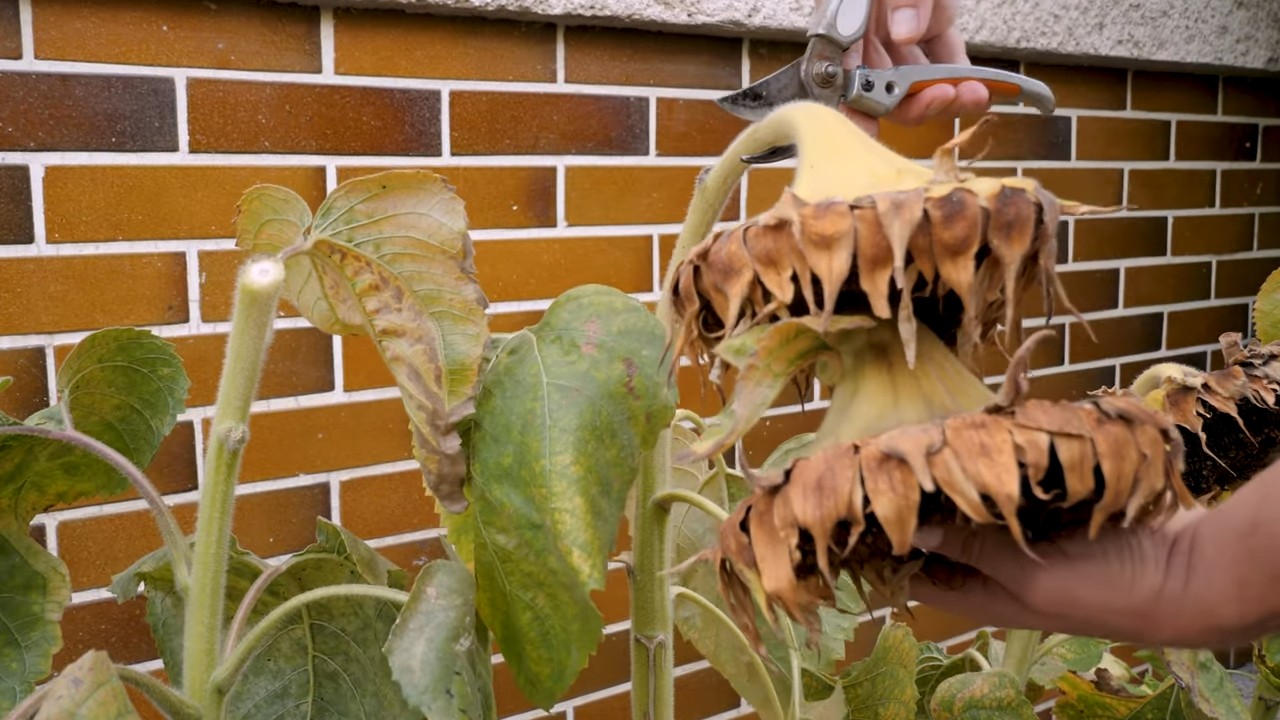
Growing Sunflowers in Small Spaces: A DIY Guide
Hey there, fellow plant enthusiasts! Dreaming of sunny blooms but short on space? Don’t worry, you can absolutely grow sunflowers even if you only have a balcony, patio, or small garden. I’m going to walk you through everything you need to know to cultivate these cheerful giants (or, more accurately, cheerful *smaller* versions!) in a limited area.
Choosing the Right Sunflower Variety
The key to successful small-space sunflower growing is selecting the right variety. Forget those towering behemoths that reach for the sky! We need to think compact. Here are a few of my favorite dwarf and smaller sunflower varieties that thrive in containers:
* Dwarf Sunspot: This is a classic choice, growing only about 2-3 feet tall with large, single blooms. It’s perfect for pots and is known for its early flowering.
* Teddy Bear: These sunflowers are super cute and fluffy, with double blooms that resemble pom-poms. They reach about 2-3 feet in height and are great for adding a touch of whimsy.
* Little Becka: This variety offers beautiful bi-colored blooms (red and yellow) and stays relatively compact, usually around 2-4 feet tall.
* Sundance Kid: Another dwarf variety, Sundance Kid produces bright yellow flowers on sturdy stems, reaching about 1-2 feet tall.
* Topolino: As the name suggests (“little mouse” in Italian!), this is a very small sunflower, only growing to about 1 foot tall. It’s ideal for very small containers or window boxes.
When choosing your seeds, read the packet carefully to check the mature height. Remember, we’re aiming for varieties that stay under 4 feet tall to make container growing manageable.
Gathering Your Supplies
Before we get our hands dirty, let’s make sure we have everything we need. Here’s a checklist:
* Sunflower Seeds: Choose your desired dwarf or compact variety.
* Potting Mix: Use a high-quality potting mix that drains well. Avoid garden soil, as it can become compacted in containers. I personally prefer a mix that includes peat moss, perlite, and vermiculite.
* Container: Select a pot that is at least 12 inches in diameter and 12 inches deep. The bigger, the better, as sunflowers have relatively large root systems. Make sure the pot has drainage holes!
* Watering Can or Hose: For regular watering.
* Slow-Release Fertilizer (Optional): This can provide a steady supply of nutrients throughout the growing season.
* Plant Support (Optional): For taller dwarf varieties, a stake or small trellis can provide support and prevent them from toppling over.
* Gardening Gloves: To keep your hands clean.
* Trowel: For planting the seeds.
Planting Your Sunflower Seeds
Now for the fun part! Let’s get those seeds in the ground (or, rather, in the pot).
1. Prepare the Container: Fill your chosen container with potting mix, leaving about an inch or two of space at the top. Gently pat down the soil to remove any large air pockets.
2. Sow the Seeds: Make a small hole (about 1 inch deep) in the center of the pot. Place 2-3 sunflower seeds in the hole. This increases the chances of at least one seed germinating. If more than one seed sprouts, you can thin them out later, leaving the strongest seedling.
3. Cover the Seeds: Gently cover the seeds with potting mix and lightly water the soil.
4. Provide Warmth and Light: Place the pot in a warm, sunny location. Sunflowers need at least 6-8 hours of direct sunlight per day to thrive. If you’re starting your seeds indoors, use a grow light to provide adequate light.
5. Keep the Soil Moist: Water regularly, keeping the soil consistently moist but not waterlogged. Check the soil moisture by sticking your finger about an inch deep. If it feels dry, it’s time to water.
Caring for Your Growing Sunflowers
Once your sunflower seedlings emerge, it’s time to provide them with the care they need to flourish.
1. Thinning Seedlings (If Necessary): If more than one seed germinated in your pot, wait until the seedlings are a few inches tall and then thin them out, leaving only the strongest seedling. Gently snip off the weaker seedlings at the soil line with scissors.
2. Watering: Sunflowers need consistent watering, especially during hot weather. Water deeply whenever the top inch of soil feels dry. Avoid overwatering, as this can lead to root rot.
3. Fertilizing: If you didn’t use a slow-release fertilizer at planting time, you can start fertilizing your sunflowers with a balanced liquid fertilizer every 2-3 weeks. Follow the instructions on the fertilizer label.
4. Providing Support (If Needed): As your sunflower grows taller, it may need some support to prevent it from toppling over, especially in windy conditions. Insert a stake into the pot near the base of the plant and gently tie the stem to the stake with soft twine. Alternatively, you can use a small trellis.
5. Pest Control: Keep an eye out for common sunflower pests, such as aphids, spider mites, and snails. You can usually control these pests with insecticidal soap or by hand-picking them off the plants.
6. Deadheading: Once the flowers start to fade, deadhead them by cutting off the spent blooms just below the flower head. This will encourage the plant to produce more flowers.
Dealing with Common Problems
Even with the best care, you might encounter a few challenges when growing sunflowers. Here are some common problems and how to address them:
* Leggy Growth: If your sunflower seedlings are tall and spindly, it means they’re not getting enough light. Move them to a sunnier location or provide supplemental light with a grow light.
* Yellowing Leaves: Yellowing leaves can be a sign of overwatering, underwatering, or nutrient deficiency. Check the soil moisture and adjust your watering accordingly. If the soil is consistently moist, you may be overwatering. If the soil is dry, you may be underwatering. If the problem persists, try fertilizing your sunflowers with a balanced fertilizer.
* Powdery Mildew: This fungal disease appears as a white, powdery coating on the leaves. Improve air circulation around the plants and treat with a fungicide if necessary.
* Pests: As mentioned earlier, keep an eye out for common sunflower pests and control them with insecticidal soap or by hand-picking them off the plants.
Harvesting Sunflower Seeds (Optional)
If you want to harvest sunflower seeds from your plants, wait until the flower heads are fully mature and the back of the head turns brown.
1. Protect the Seed Heads: Birds love sunflower seeds, so you’ll need to protect the seed heads from them. You can cover the heads with cheesecloth or netting.
2. Harvest the Seeds: Once the seed heads are dry and brown, cut them off the plant.
3. Dry the Seed Heads: Hang the seed heads upside down in a dry, well-ventilated place for a few weeks to allow them to dry completely.
4. Remove the Seeds: Once the seed heads are dry, you can remove the seeds by rubbing the heads together or by using a fork.
5. Store the Seeds: Store the seeds in an airtight container in a cool, dry place.
Enjoying Your Sunflowers
The best part of growing sunflowers is, of course, enjoying their beauty! These cheerful blooms will brighten up any small space and attract pollinators like bees and butterflies. Cut the flowers for indoor bouquets, or simply admire them in your garden. Growing sunflowers in small spaces is a rewarding experience that anyone can enjoy. So, grab some seeds, get your hands dirty, and get ready to bask in the sunshine!
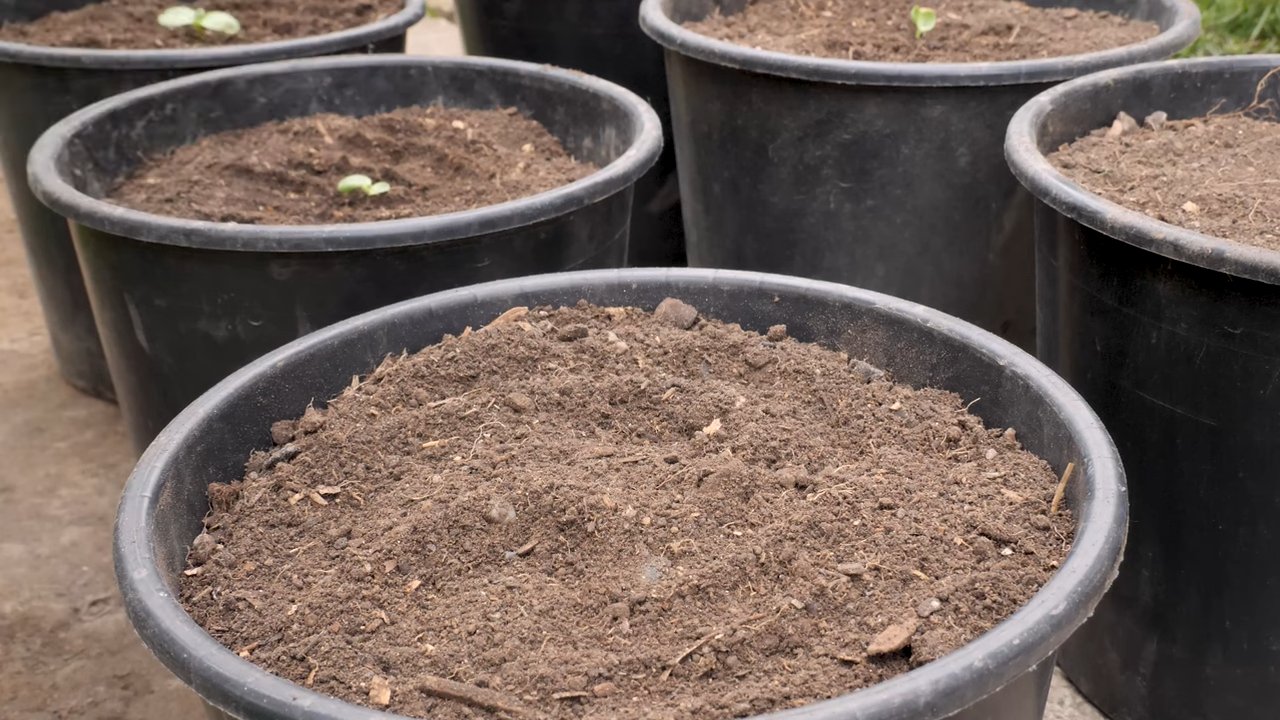
Conclusion
So, there you have it! Transforming your small space into a vibrant sunflower haven is not only achievable, but incredibly rewarding. We’ve explored how to cultivate these sun-loving giants even when square footage is limited, focusing on container gardening techniques, dwarf varieties, and strategic placement. This isn’t just about growing a flower; it’s about bringing a burst of sunshine and joy into your everyday life, fostering a connection with nature, and proving that even the smallest spaces can yield extraordinary beauty.
The beauty of this DIY project lies in its adaptability. Feel free to experiment with different dwarf sunflower varieties. ‘Teddy Bear’ sunflowers offer a fluffy, pom-pom-like bloom, while ‘Little Becka’ provides a striking contrast with its dark center and golden petals. Consider adding companion plants like marigolds or nasturtiums to your containers. These not only deter pests but also add visual interest and attract beneficial pollinators. You can even try succession planting, staggering your planting times to enjoy a continuous bloom throughout the growing season.
Why is this DIY sunflower trick a must-try? Because it empowers you to create a stunning display of nature’s artistry, regardless of your living situation. It’s a budget-friendly way to brighten up your balcony, patio, or even a sunny windowsill. It’s a therapeutic activity that connects you with the earth and provides a sense of accomplishment as you watch your tiny seeds transform into towering blooms. And most importantly, it’s a testament to the fact that beauty and abundance can thrive even in the most unexpected places.
Don’t be intimidated by the prospect of growing sunflowers in a small space. With the right techniques and a little bit of love, you can achieve incredible results. Remember to choose the right container, provide adequate drainage, select a dwarf variety suited to your climate, and ensure your sunflowers receive plenty of sunlight. Water regularly, fertilize occasionally, and watch as your little patch of sunshine blossoms before your eyes.
We wholeheartedly encourage you to embark on this DIY adventure. Grow your own small space sunflowers and experience the joy of nurturing these magnificent flowers. And most importantly, share your journey with us! We’d love to see your photos, hear your stories, and learn from your experiences. Tag us on social media and let us know what varieties you chose, what challenges you faced, and what triumphs you celebrated. Together, let’s inspire others to embrace the beauty of small space gardening and discover the magic of growing sunflowers, no matter where they call home. Let’s paint the world with sunshine, one small space sunflower at a time!
Frequently Asked Questions (FAQ)
What are the best dwarf sunflower varieties for small spaces?
Choosing the right variety is crucial for successful small space sunflower growing. Look for dwarf or compact varieties that are specifically bred to stay small and manageable. Some excellent options include:
* **’Teddy Bear’:** This variety produces fluffy, double blooms that resemble pom-poms. They typically grow to be about 2-3 feet tall.
* **’Little Becka’:** Known for its striking bi-color petals with a dark center and golden tips, ‘Little Becka’ reaches a height of around 1-2 feet.
* **’Sundance Kid’:** A classic dwarf sunflower with bright yellow petals and a dark center, growing to about 2 feet tall.
* **’Elf’:** As the name suggests, ‘Elf’ is one of the smallest sunflower varieties, reaching only about 1 foot in height.
* **’Pacino’:** This early-blooming variety produces multiple flowers on a single plant and grows to around 2-3 feet tall.
Consider your local climate and growing conditions when selecting a variety. Some varieties may be better suited to specific regions.
What size container is needed for growing dwarf sunflowers?
The size of the container will depend on the specific variety you choose, but generally, a pot that is at least 12 inches in diameter and 12 inches deep is recommended. This provides enough space for the roots to develop and support the plant’s growth. For larger dwarf varieties, you may want to opt for a larger container, such as a 15-18 inch pot. Ensure the container has adequate drainage holes to prevent waterlogging.
How much sunlight do dwarf sunflowers need?
Sunflowers are sun-worshippers, so they need at least 6-8 hours of direct sunlight per day to thrive. Choose a location for your container that receives plenty of sunlight throughout the day. If you’re growing sunflowers indoors, place them near a sunny window or supplement with grow lights. Insufficient sunlight can lead to leggy growth and reduced flowering.
What type of soil is best for growing sunflowers in containers?
Use a well-draining potting mix that is rich in organic matter. Avoid using garden soil, as it can become compacted in containers and hinder drainage. A good potting mix will provide the necessary nutrients and aeration for healthy root growth. You can also amend the potting mix with compost or other organic materials to improve its fertility.
How often should I water my container sunflowers?
Water your sunflowers regularly, especially during hot and dry weather. Check the soil moisture regularly and water when the top inch of soil feels dry to the touch. Avoid overwatering, as this can lead to root rot. Ensure the container has adequate drainage to prevent water from sitting at the bottom.
Do dwarf sunflowers need fertilizer?
Yes, sunflowers benefit from regular fertilization. Use a balanced fertilizer (e.g., 10-10-10) every 2-3 weeks during the growing season. Follow the instructions on the fertilizer package for application rates. You can also use a slow-release fertilizer at planting time to provide a steady supply of nutrients.
How do I protect my sunflowers from pests and diseases?
Sunflowers can be susceptible to pests such as aphids, spider mites, and sunflower beetles. Regularly inspect your plants for signs of infestation and take action promptly. You can use insecticidal soap or neem oil to control pests. To prevent diseases, ensure good air circulation around your plants and avoid overwatering. Remove any diseased leaves or stems promptly.
Can I grow sunflowers indoors?
Yes, you can grow dwarf sunflowers indoors, but it requires providing them with adequate sunlight. Place them near a sunny window that receives at least 6-8 hours of direct sunlight per day. If you don’t have enough natural light, you can supplement with grow lights. Ensure the container has good drainage and water regularly.
How long does it take for dwarf sunflowers to bloom?
The time it takes for dwarf sunflowers to bloom varies depending on the variety and growing conditions, but generally, they will start to bloom within 60-90 days of planting. Ensure they receive plenty of sunlight, water, and fertilizer to promote flowering.
Can I save the seeds from my dwarf sunflowers?
Yes, you can save the seeds from your dwarf sunflowers to plant next year. Allow the flower heads to dry completely on the plant. Once they are dry, cut off the flower heads and rub the seeds out. Store the seeds in a cool, dry place until you are ready to plant them.

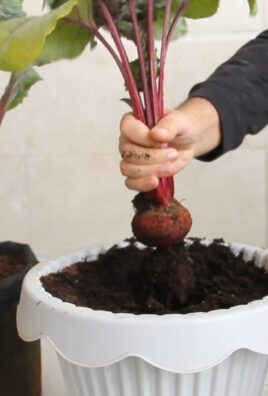
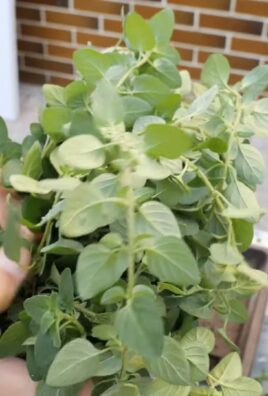
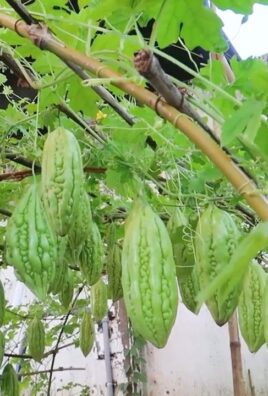
Leave a Comment